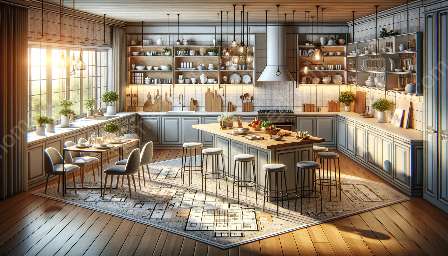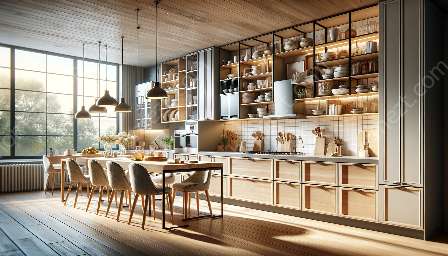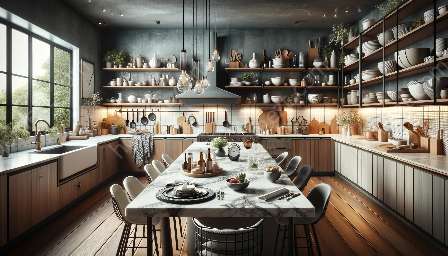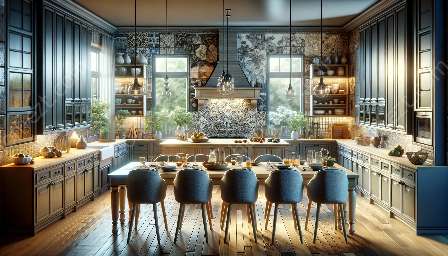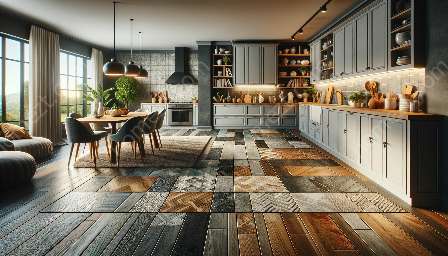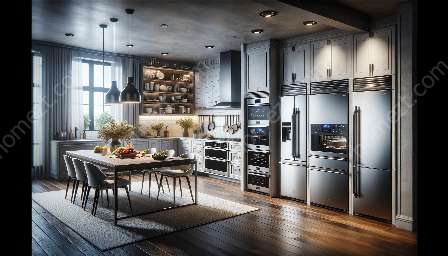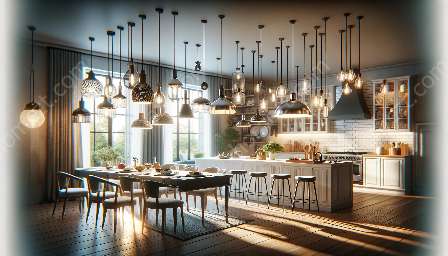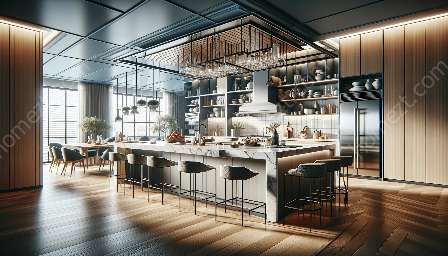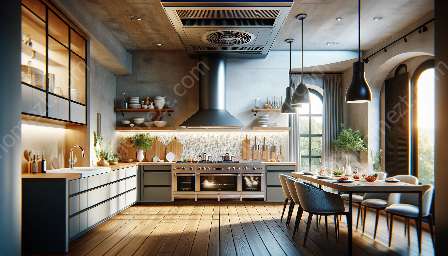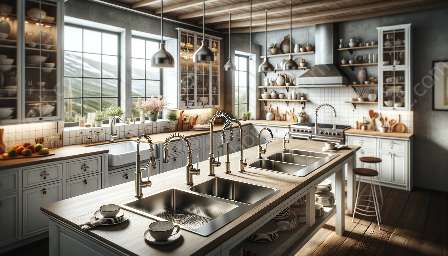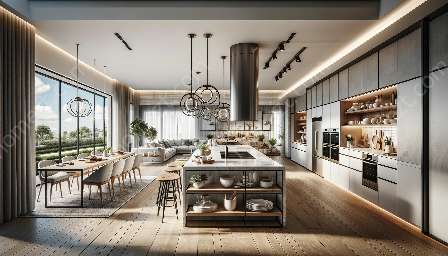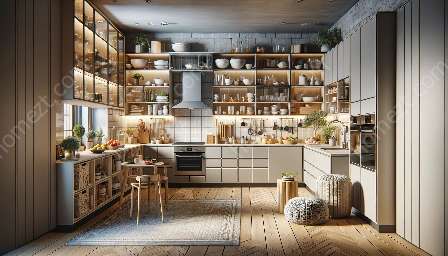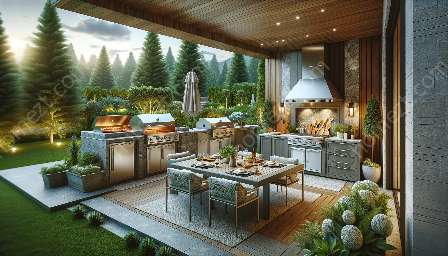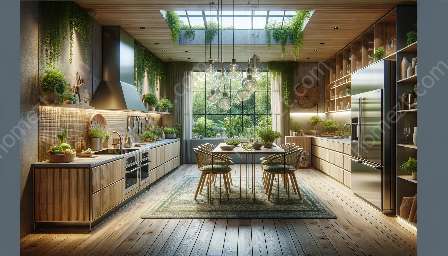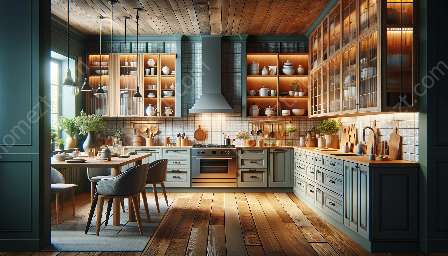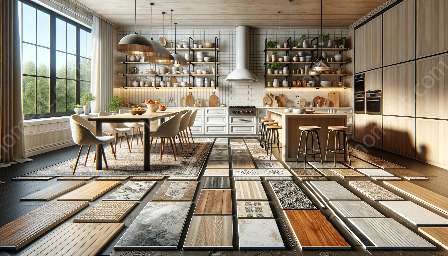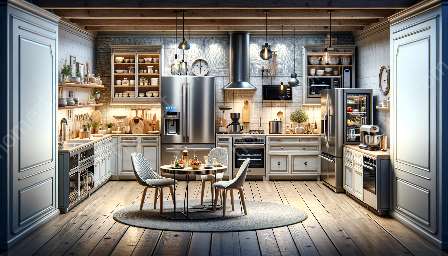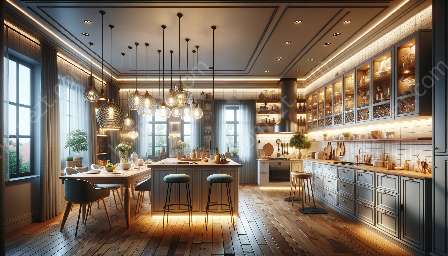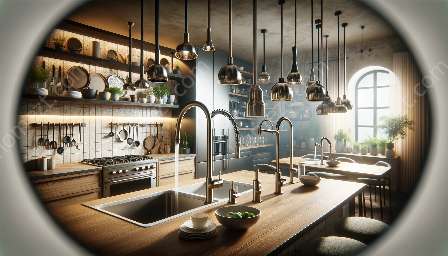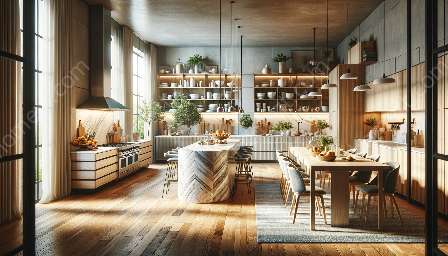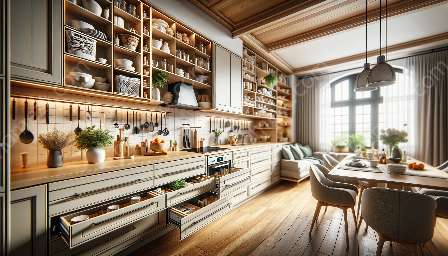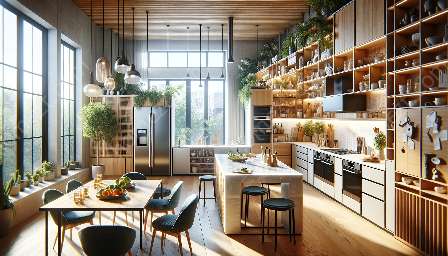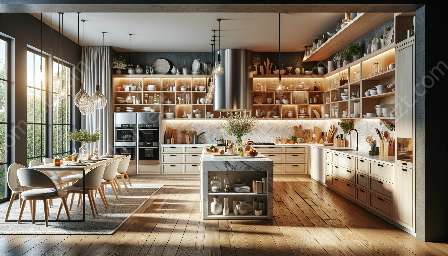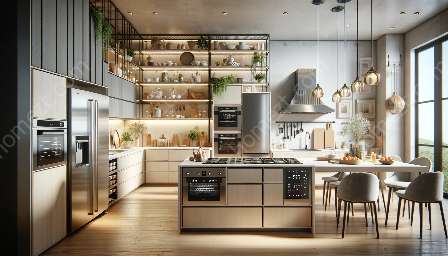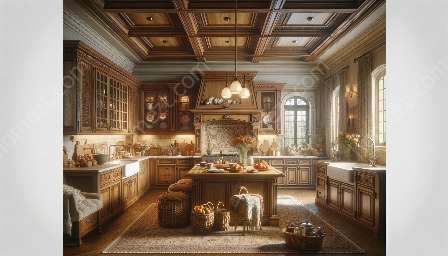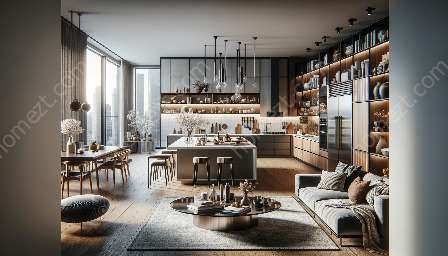An open concept kitchen is a revolutionary idea that has transformed the way kitchens are designed and used in modern homes. It is a design concept that seamlessly integrates the kitchen with the dining and living areas to create a unified and multifunctional space.
Open concept kitchens have become increasingly popular in recent years due to their many benefits, including enhanced functionality, improved social interaction, and a sense of spaciousness. This article will explore the key aspects of open concept kitchens, their impact on kitchen design, and how they influence the kitchen and dining experience.
Benefits of Open Concept Kitchens
Open concept kitchens offer a range of benefits that contribute to their popularity among homeowners and designers. One of the primary advantages is the increased social interaction and connection with family and guests while preparing meals. The removal of barriers such as walls and partitions allows for seamless communication and engagement, making the kitchen a central hub for socializing and entertaining.
Furthermore, open concept kitchens create a sense of spaciousness and visually expand the living area, making the entire space feel larger and more inviting. This design concept also promotes natural light and airflow, resulting in a brighter and more ventilated environment.
Another key benefit is the improved functionality and efficiency of the kitchen. With open sightlines and fluid transitions between the kitchen, dining, and living areas, tasks such as cooking, serving, and cleanup become more convenient and enjoyable.
Impact on Kitchen Design
The rise of open concept kitchens has significantly influenced the way kitchen spaces are designed and organized. Designers and homeowners now place a strong emphasis on creating a seamless flow between the kitchen and adjoining areas. This often involves the use of cohesive color schemes, materials, and design elements to visually connect the different zones within the open concept layout.
Additionally, the demand for multifunctional and integrated kitchen features has increased. For example, kitchen islands often serve as a transitional element that bridges the gap between the cooking and dining spaces, providing additional seating, storage, and preparation areas.
Open concept kitchens also inspire innovative storage solutions and organizational tools to maintain a clutter-free and harmonious environment. The strategic placement of appliances, cabinets, and decorative elements plays a crucial role in achieving a cohesive and functional kitchen design within an open concept layout.
Enhancing the Kitchen & Dining Experience
By seamlessly blending the kitchen with the dining area, open concept kitchens have redefined the overall dining experience within the home. Family members and guests can interact more freely, whether it's casual conversations while cooking or sharing meals in an inclusive and sociable setting.
Furthermore, the design flexibility of open concept kitchens allows for creative dining arrangements, such as incorporating breakfast bars, banquettes, or dining nooks into the overall layout. This promotes a versatile and dynamic dining experience that adapts to various occasions and preferences.
From a design perspective, open concept kitchens provide opportunities for cohesive styling and decor, enabling a seamless transition from the kitchen to the dining area. Consistent material selections, lighting schemes, and furniture styles contribute to a harmonious and inviting atmosphere that enhances the overall dining experience.
Conclusion
In conclusion, the concept of open concept kitchens has revolutionized the way we approach kitchen design and the dining experience. By breaking down barriers and creating a fluid connection between the kitchen, dining, and living areas, open concept kitchens offer a myriad of benefits, including enhanced social interaction, improved functionality, and a versatile dining environment. As this design trend continues to evolve, it continues to inspire creativity and innovation in kitchen design, shaping the heart of the home into a cohesive and inviting space for all to enjoy.

